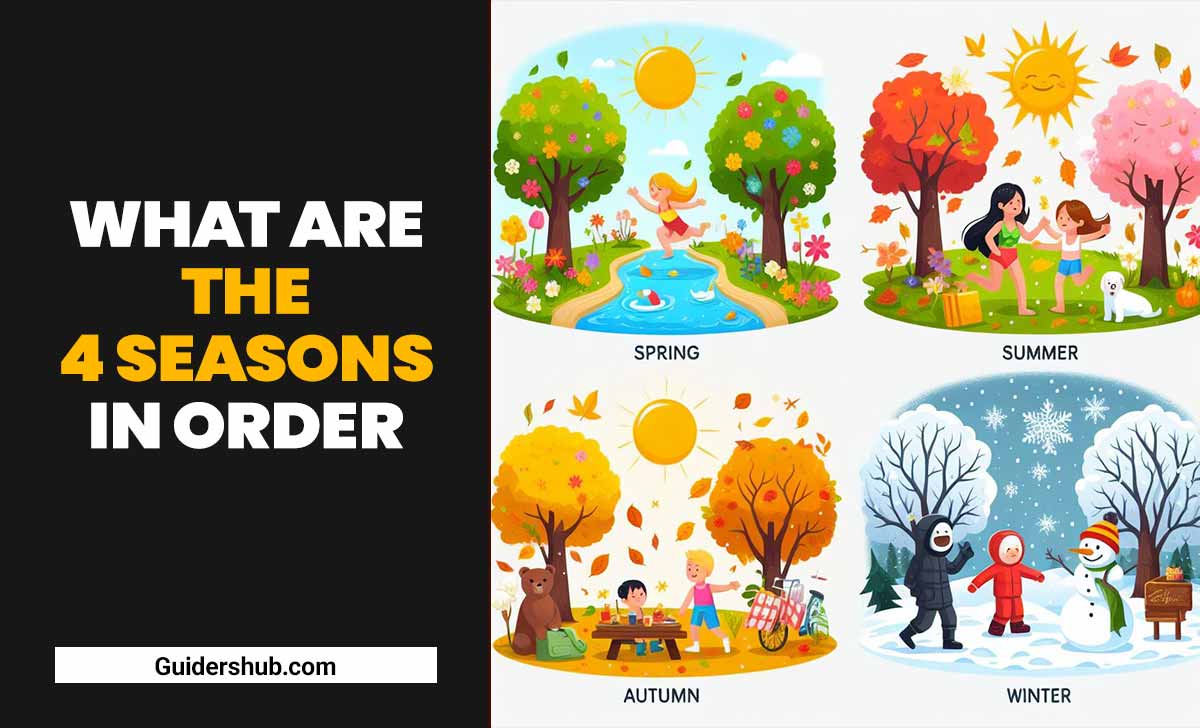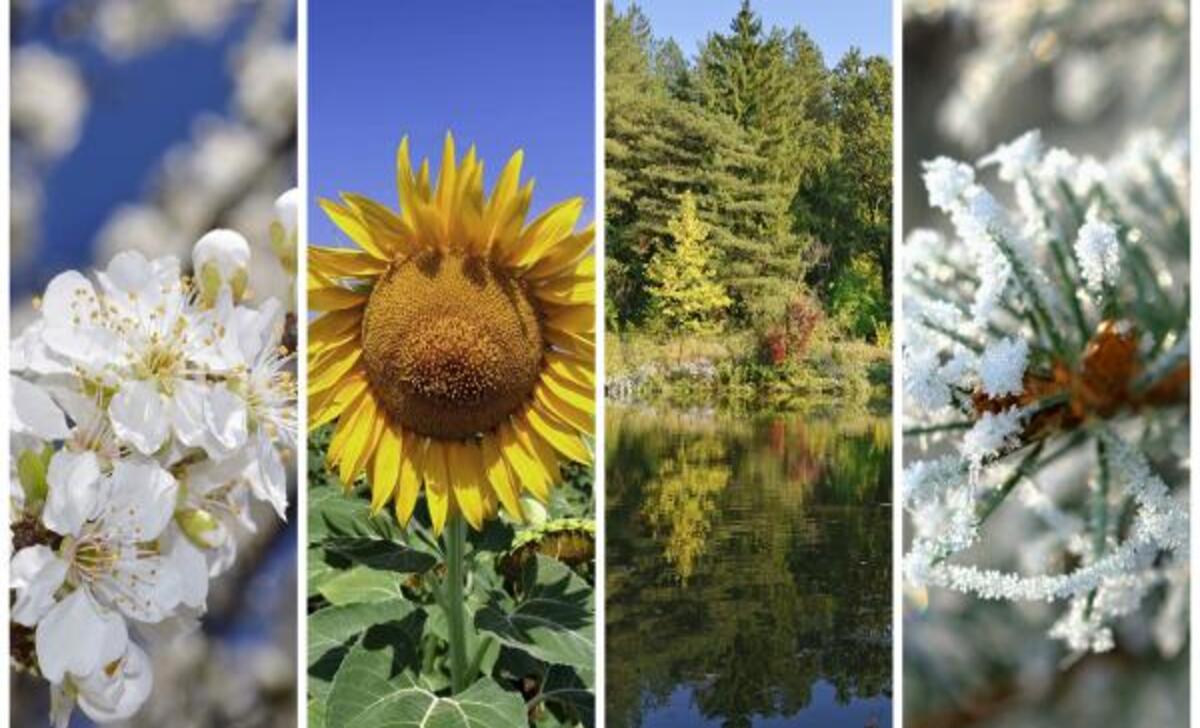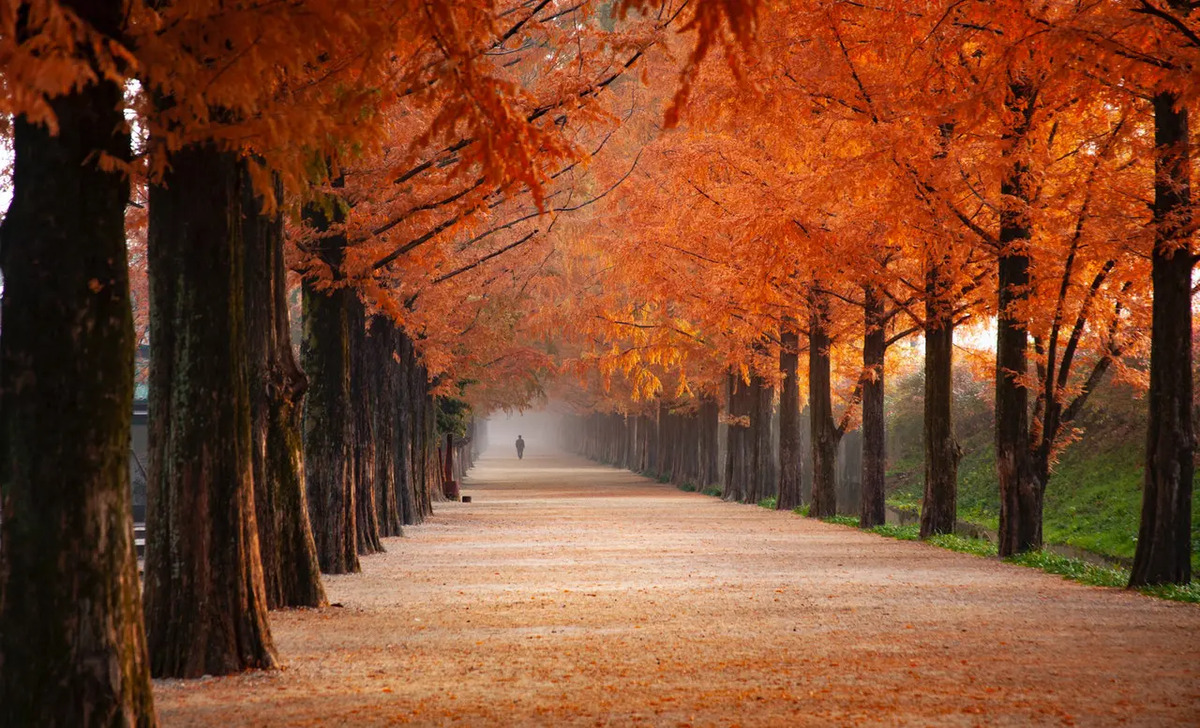Do you know what the 4 seasons are in order? Indeed, you should know them. But, if you don’t, then don’t worry! We are here to help you out! Seasons are the symbolization of climate-changing, natural activities, and all.
So, by maintaining some standard criteria, seasons are divided into four different sections. Therefore, here in this article, we are going to discuss What Are The 4 Seasons In Order are. So, let’s start:

What Are The 4 Seasons In Order Of A Year

The seasons of the year are due to Earth’s salvation of the Earth’s axis and the Earth’s movement of translation around the sun, which is why the sun’s rays impact with different intensity on the different regions of the planet.
For example, in the area of the equator, the sun’s rays fall perpendicular and heat more. But, in places where the sun’s rays fall steeply, they are colder, as in the North Pole and the South Pole. For this reason, in the zones of the equator and the tropics, only two seasons can be noticed. It is which those of drought and rain are.
The variations of the seasons do not occur equally at both poles. Consequently, when spring and summer are experienced in the northern hemisphere and the days are longer and hotter, autumn and winter are experienced in the southern hemisphere, and the days are shorter and colder.
1.Spring

Spring begins between March 20 and 21 in the northern hemisphere, and between September 22 and 24 in the southern hemisphere. In this season, the days start to be longer than the nights. It is a transition period between winter and summer.
In spring, temperatures are warmer than during winter. It is characterized in that the plants begin to bloom, and many of the young of various animals come to light. The spring climate is slightly humid, which causes the winter snow to melt and many animals to come out of their hibernation.
2.Summer

Summer begins between June 21 and 22 in the northern hemisphere and the southern hemisphere between December 21 and 22. It is characterized by its high temperatures and having longer days than nights.
Besides, it is the vacation period for students and many families. Generally, it is a season of parties and celebrations. On the other hand, in the southern hemisphere, summer coincides with Christmas festivities. The temperatures of this season are usually the highest of the year, and while some parts of the world receive a large amount of precipitation, others go through droughts and heatwaves.
3.Faill

Autumn begins in the northern hemisphere between September 23 and 24, and in the southern hemisphere, it starts between March 20 and 21. Temperatures drop, tree leaves begin to fall, and some animals start preparing for the winter season, when their food sources may be scarce.
In this season, temperatures begin to drop, and the days are more relaxed, rainier, and very windy. It is characterized by the orange and reddish color of the leaves of the trees, which begin to fall.
4.Winter

Winter begins in the northern hemisphere between December 21 and 22, and in the southern hemisphere, it starts from June 21 and 22. It is characterized by having shorter days and longer nights. Temperatures drop, and snowfall may occur.
Some areas see snow falling or freezing rain, and individual animals hibernate or modify their physical characteristics to withstand the conditions.
For example, mammals such as foxes and arctic hares change their gray fur to a white one, which allows them, among other things, to camouflage themselves with their snowy surroundings. In the northern hemisphere, Christmas Eve and New Year’s Eve are celebrated, which makes this season a time of celebration.
Solstice And Equinoxes

The four seasons of the Earth are determined by the position of the Earth’s orbit concerning the sun. It is the summer, and winter is called solstice, and the spring and autumn as the equinox.
During the solstice, the sun is farthest from the equator. This fact usually happens between June 21 and 22, in which the day is longer than the night. In contrast, on the winter solstice, between December 21 and 22, the day is the shortest of the year. Similarly, the night is the longest.
At the equinox, the poles are the same distance from the sun, and the days and nights are equal lengths. The spring equinox occurs between March 20 and 21, and the autumn equinox between September 22 and 23.
Seasons Descriptions
- In the Poles, there are only two seasons: summer and winter. If there is winter in part of the world, then on the other part, it can be summer Earth happens because of the orbit system of the earth. In the temperate and sub-polar zones, the typical four seasons are observed.
- Still, in the equatorial regions, only 2 to 3 seasons are perceived: a rainy, a dry, or a cold/temperate one.
- In the Poles, there are only two seasons: summer and winter. For its part, some areas in the south of the Asian continent require up to 6 seasons.
Conclusion
Seasons are the reflections of the nature of the world. It symbolizes the characteristics of natural beauties, and each of them has a special appearance in them. So, that’s all on what are the 4 seasons in order. Do leave a comment below if you think it’s helpful for you!
Frequently Asked Questions
1.What Months Are The 4 Seasons?
Ans:
- Winter – December, January and February.
- Spring – March, April and May.
- Summer – June, July and August.
- Autumn – September, October and November.
2.Which Of The Four Seasons Comes First?
Ans: According to this definition, each season begins on the first of a particular month and lasts for three months: Spring begins on March 1, summer on June 1, autumn on September 1, and winter on December 1.
3.What Season Is September?
Ans: Autumn
4.Why Autumn Is Called Fall?
Ans: Autumn, season of the year between summer and winter during which temperatures gradually decrease. It is often called fall in the United States because leaves fall from the trees at that time.
5.Why Is Spring Called Spring?
Ans: Unsurprisingly, the spring season gets its name from the verb “spring.” It’s a nod to the flowers and plants springing up, springing open, and bursting into blossom. Prior to that, the word “Lent” was used to describe the season.

Leave a Reply